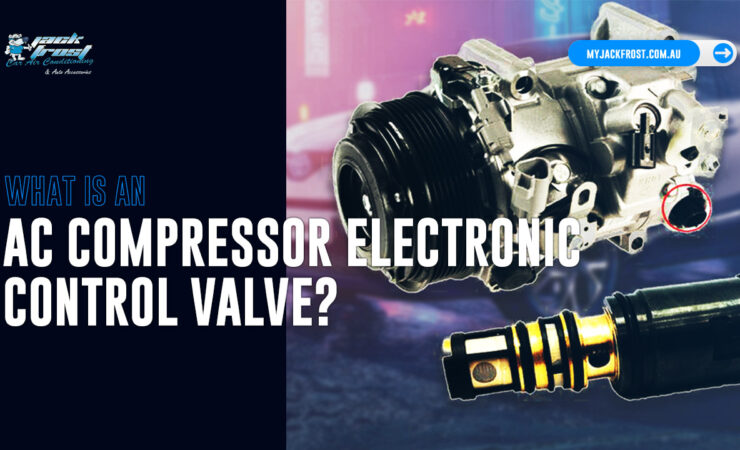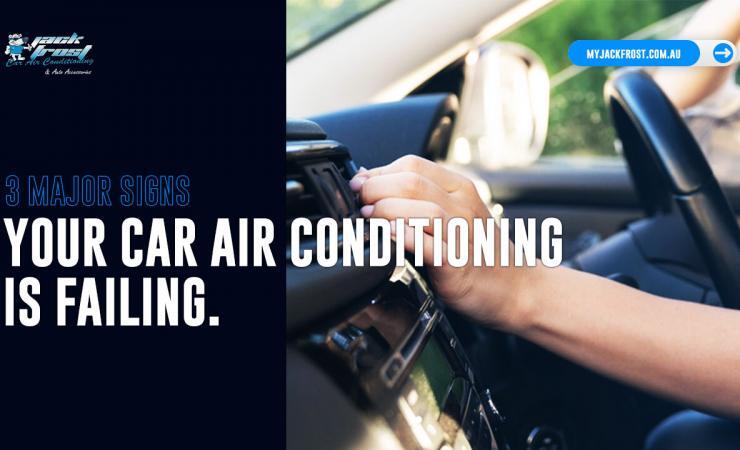Does My Car Consume More Fuel With the AC On?
To put it simply, yes. Your vehicle will use more fuel with the air conditioning on than any other auxiliary feature. The AC system can increase fuel consumption by up to 20% because of the extra load on the engine. The actual load depends on the vehicle’s interior size, the outdoor temperature, and other conditions.
But let’s dive deeper into why using your vehicle’s aircon system uses more fuel and how you can limit fuel consumption by implementing some of these tips.
Table of Contents
Why your car air conditioning consumes more fuel?
The air conditioning system in vehicles uses a compressor connected to the belt of the engine in order to function. This consumes energy, and therefore, petrol. It consumes approximately 0.2 litres and 1 litre of petrol every 100 km.
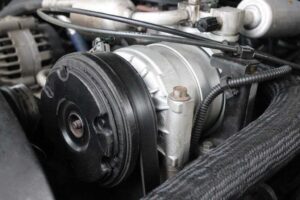
Obviously, consuming more or less depends on both the exterior temperature and the intensity at which you use the air conditioning.
The machine needs to cool the air inside the car: the more degrees it needs to go down, the more petrol it will consume.
And with today’s soaring fuel prices this amount of fuel lost adds up over time causing you to have to fuel up more frequently than you normally would, especially in warmer clients such as Australia.
If you have an electric vehicle then you don’t have to worry about fuel consumption but you do have to worry about the autonomy of the vehicle as it will be reduced over time.
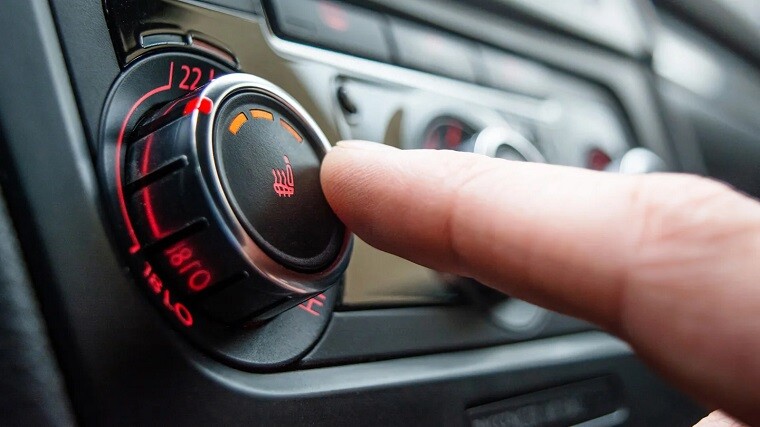
Does your Car Heating Use More Fuel?
Though many people don’t know it, turning on the heat does not increase the car’s consumption of petrol.
Heat is obtained from the energy generated by the engine itself, and so it is enough to have it turned on to provide heat. For that reason, if you turn on the heat, you just need to wait a few minutes to feel its effects.
However, it is false to say that its consumption is equal to zero. The fan that makes the heat pass inside the car uses electricity from the battery. And to charge the battery, it also uses some petrol, but very little.
In winter, vehicles use heat from the engine to warm the cabin air. However, if you use the defrost setting, the a/c system may also be engaged automatically to keep the windows from fogging.
Manufacturers are developing more efficient a/c technologies, such as electric a/c systems so that their vehicles will use less fuel.

Aircon vs Windows Down
Although your aircon increases fuel consumption, driving with your windows down can also lead to a reduction in fuel efficiency. When your windows are lowered, the wind rushes into your vehicle. This creates a drag force that makes it harder to power your car. This also leads your vehicle to consume more fuel overall. It’s likely that you’ll burn less fuel when the AC is on.
So, which is more fuel efficient – opening your windows, or using your air conditioning? Research suggests that you should base it on the speed you’re travelling. For example:
- Travelling at speeds of 60km or less – in this instance, it’s more economical to open your windows. This is because running the air conditioning at this low engine speed creates an extra demand, so therefore opening windows is the best option.
- Travelling at speeds over 60km – in this instance, it’s more economical to use the air conditioning system. This is because the drag from opening your windows will have more resistance at high speeds, so it’s more beneficial to use the air conditioning system.
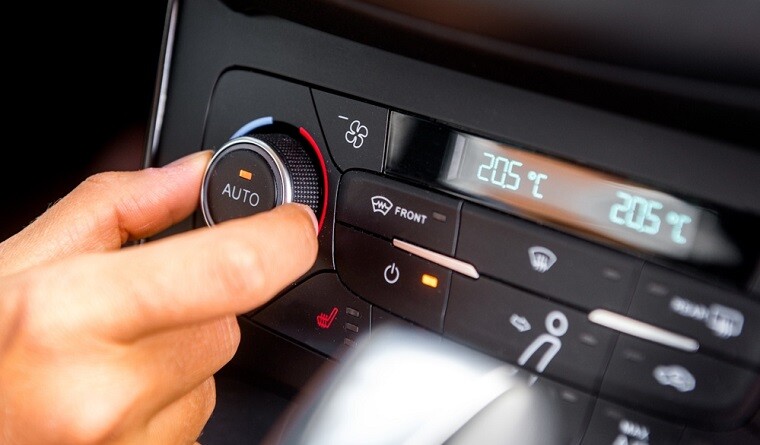
5 Simple Tips to Keep Cool and Use Less Fuel
With fuel prices and vehicle maintenance cost continually on the rise, and with more than 20.1 million registered motor vehicles as of 31st January 2021, the potential for savings from reduced a/c use is substantial, not just on your pocket, but also on the environment.
Here are some tips you can use to help reduce consumption.
1. Turn off the AC
Decide whether you really need the AC on for cooling, if you do you adjust your thermostat settings. Aim for comfortable, not cold, this way you don’t overwork your AC and consume more petrol.
2. Let the airflow
Use the flow-through ventilation when you’re on the highway, and if you’re driving under 60km/h (i.e around the city/suburbs) you can wind your windows down and open your sunroof. Manufacturers spend a lot of time & money on design & aerodynamics for a reason and If you’re driving above 60km/h windows down will begin to create drag which will consume more fuel than simply having your AC on.
3. Use the re-circulation feature
Use the “re-circulating” function of your a/c system. This uses less energy because you’re cooling only the air already in your vehicle, not bringing in warmer outside air to be cooled.
4. Park in the shade
Your vehicle will need less cooling from the a/c at start-up if it’s parked in the shade. If you can’t find a shaded area, use window shades to reduce the heat when your vehicle is parked. Also, don’t use the a/c when you first start your vehicle. Instead, open the windows for the first few minutes and allow the hot air to escape.
5. Shut the AC off after defrosting
In newer vehicles, the defrost setting automatically uses the vehicle’s a/c system to keep the windows from fogging. After the windows are clear, turn the a/c off and adjust the heater settings.
If you need more tips to keep your A/C cool while being fuel efficient read our article on “How to Generate The Most Cool from your Car Air Conditioning”
Conclusion
If you wish to your A/C, you’re always going to use extra petrol (unless you own an EV), but at least you can take the necessary steps to limit fuel consumption while staying cool but your overall decisions in regards to your A/C need to be based on your current environment and your safety.
Australian summers can get very hot and humid, so the smartest thing that you can do is turn the AC on when you drive. You might be using more fuel, but you’ll also be driving in a safe environment especially if you’re driving friends and family around.
You need to consider your own unique situation when you’re making decisions about what you should or shouldn’t do with your car. Look at the weather forecast, think about the speeds you’re travelling at, and decide what to do from there.
The middle of the day will be hotter than the early mornings and evenings, so even making decisions on the times you drive can also put less strain on your vehicle and your AC.



